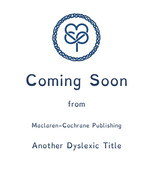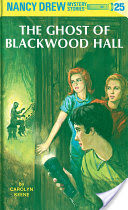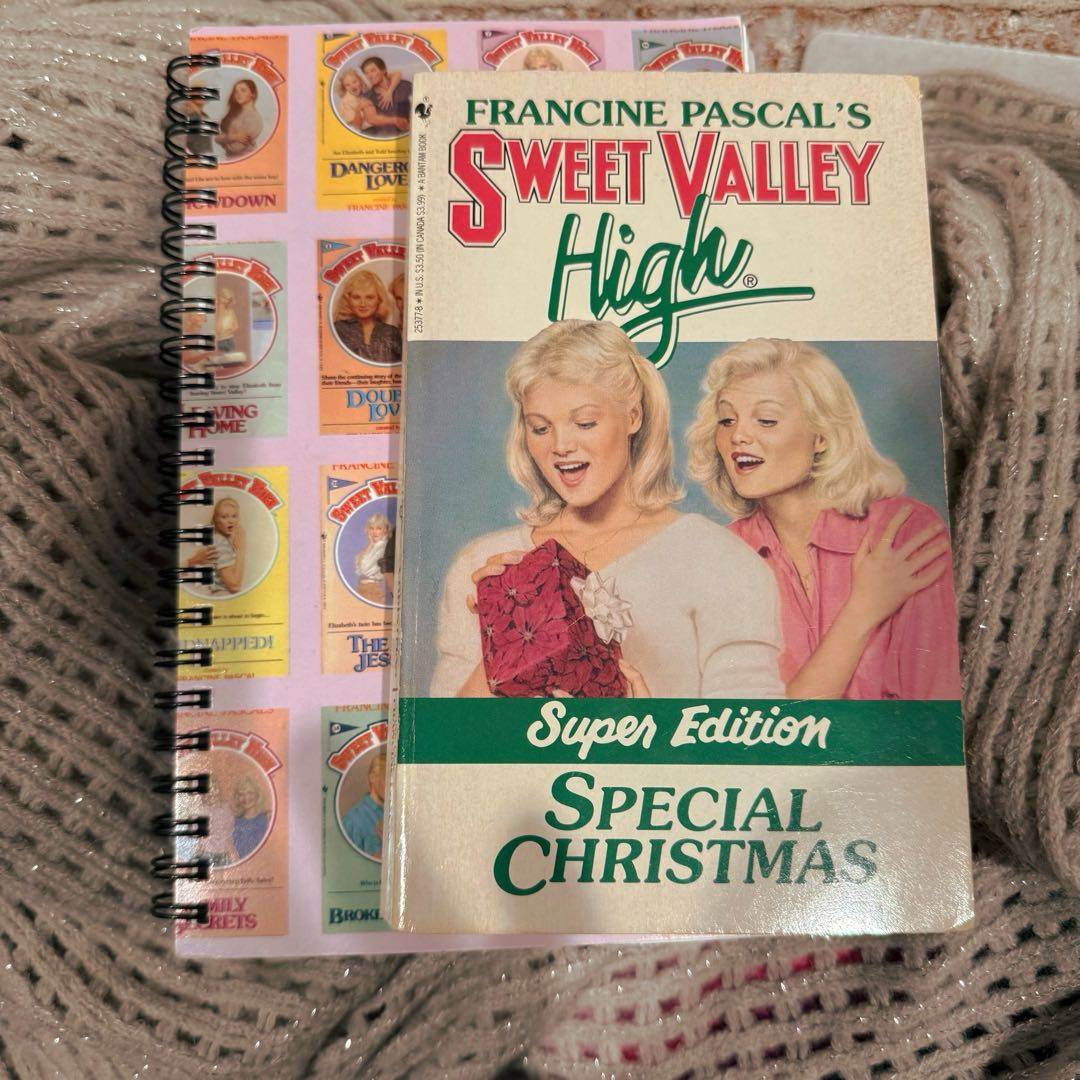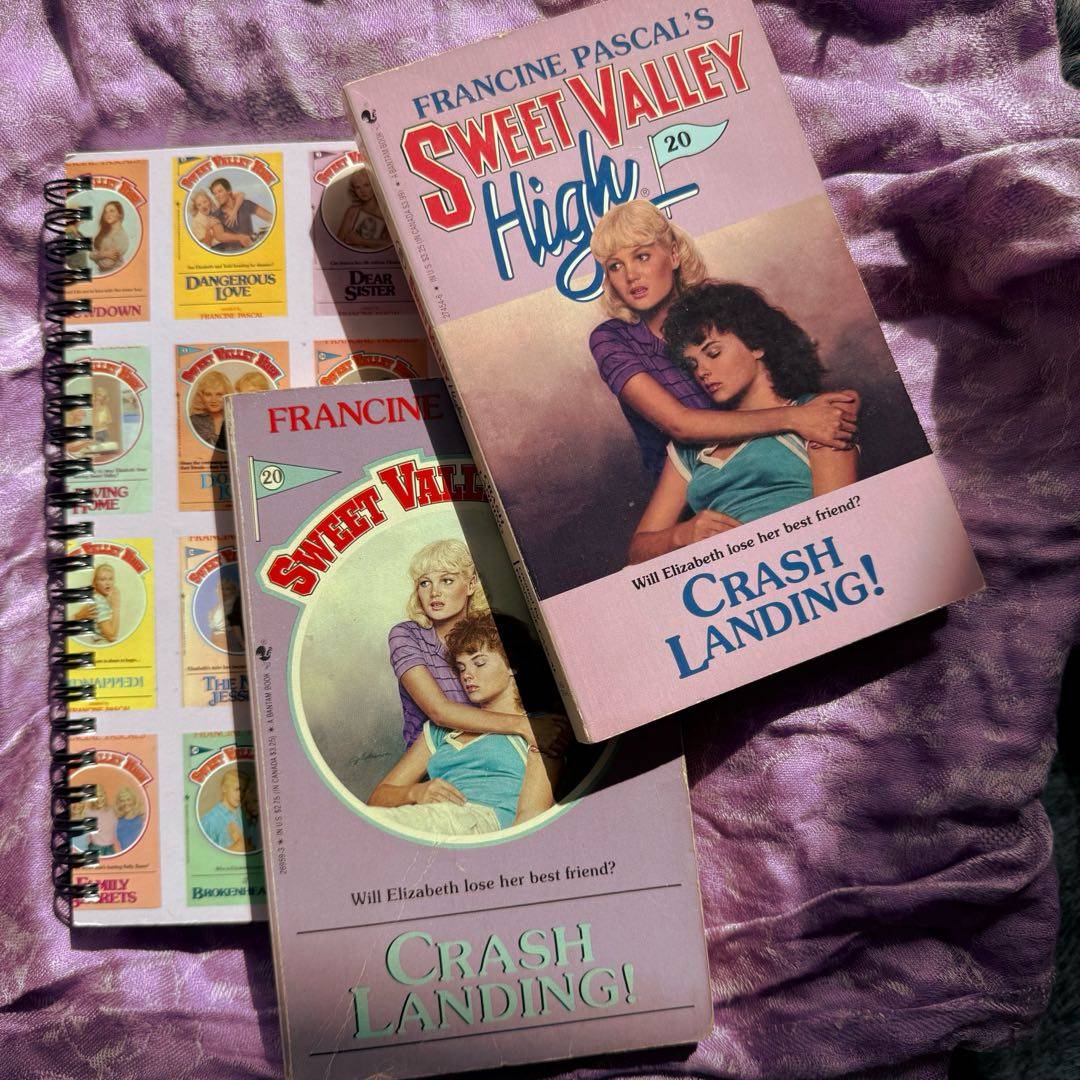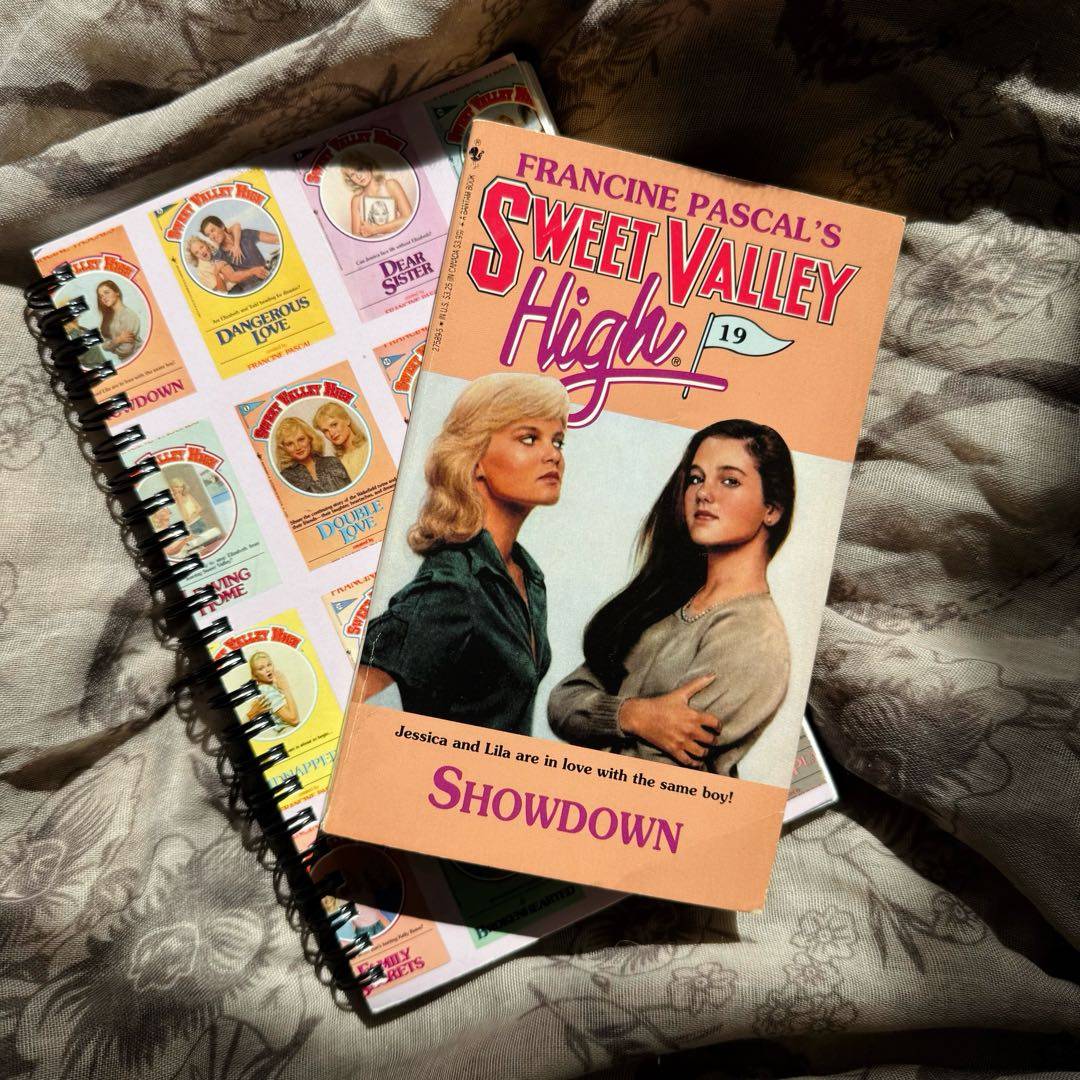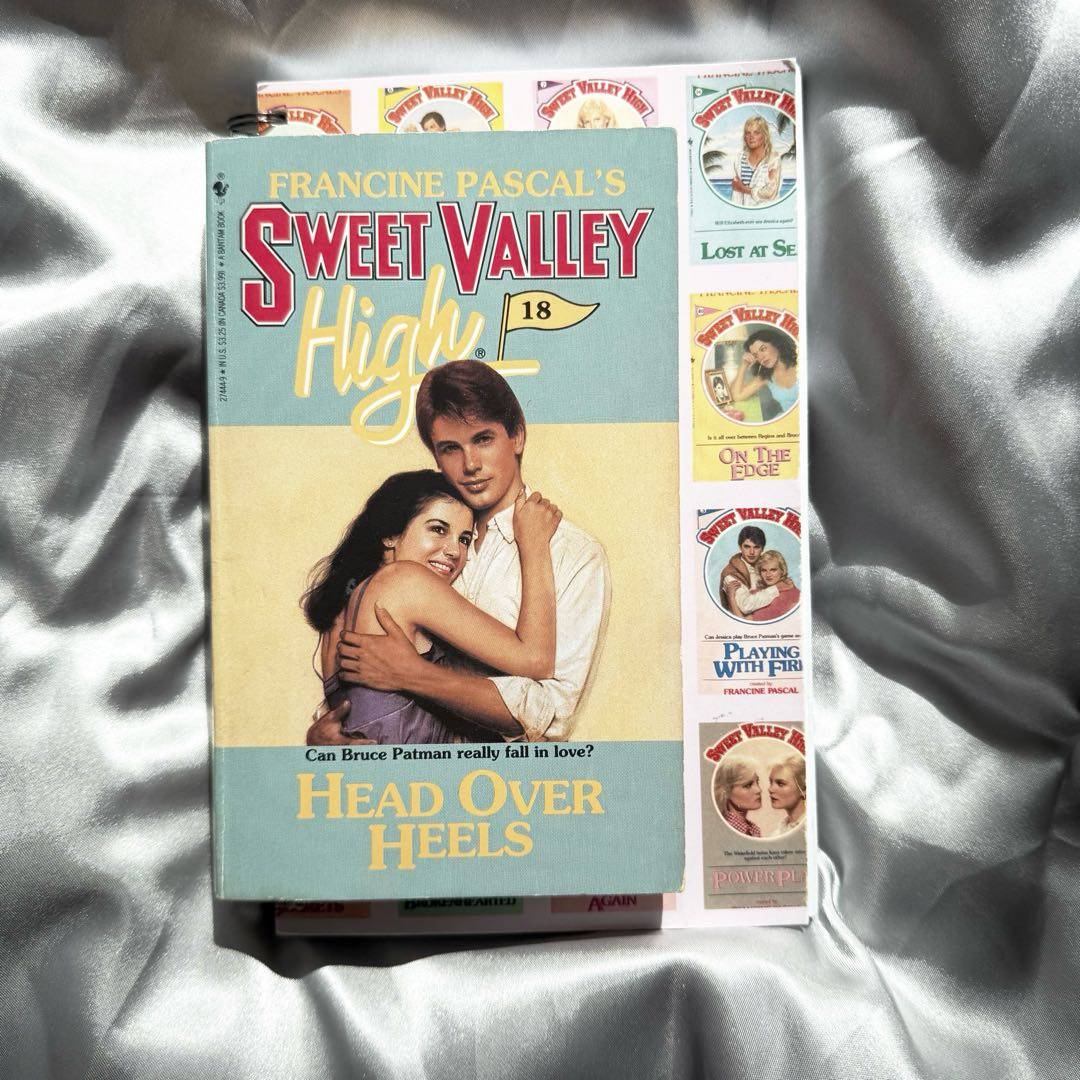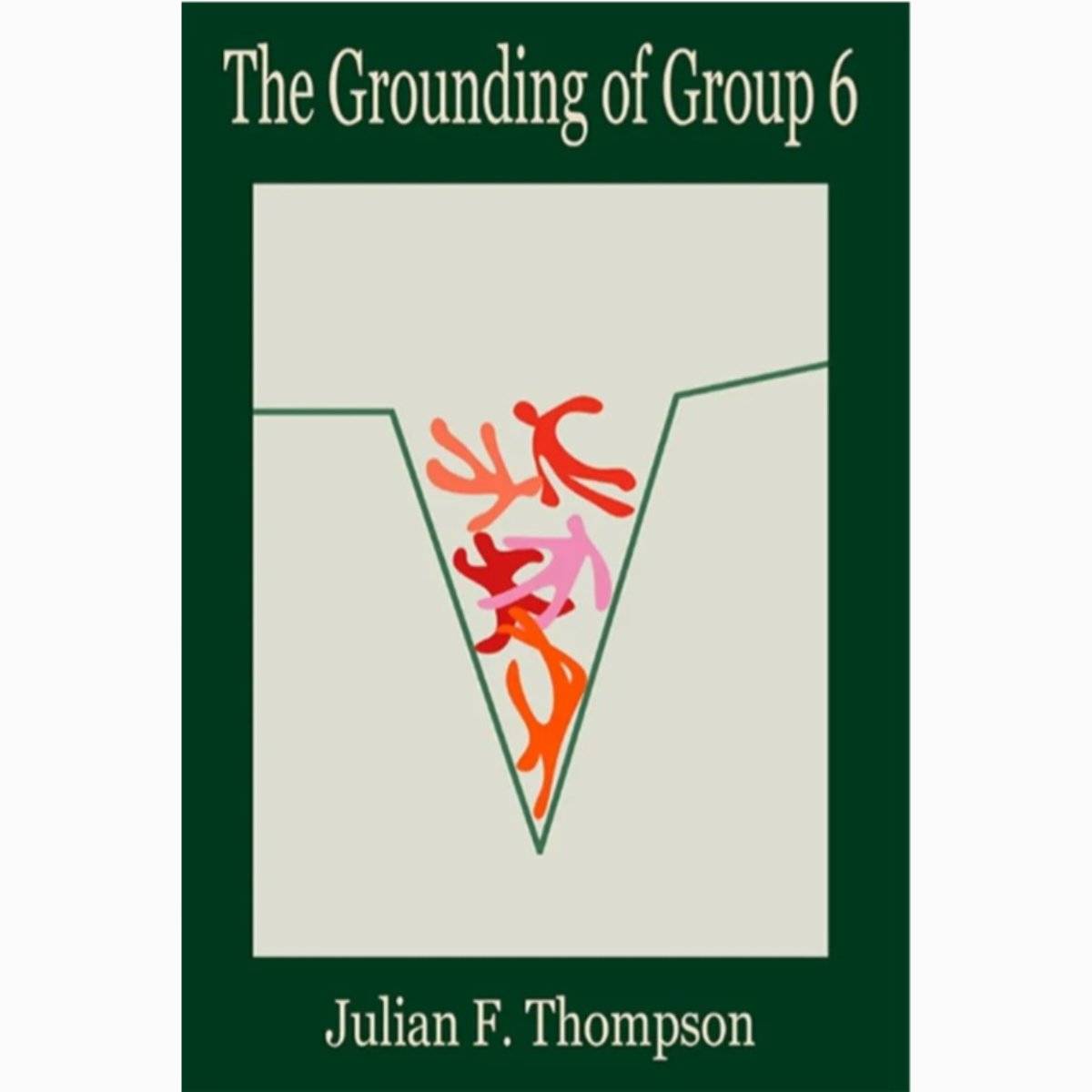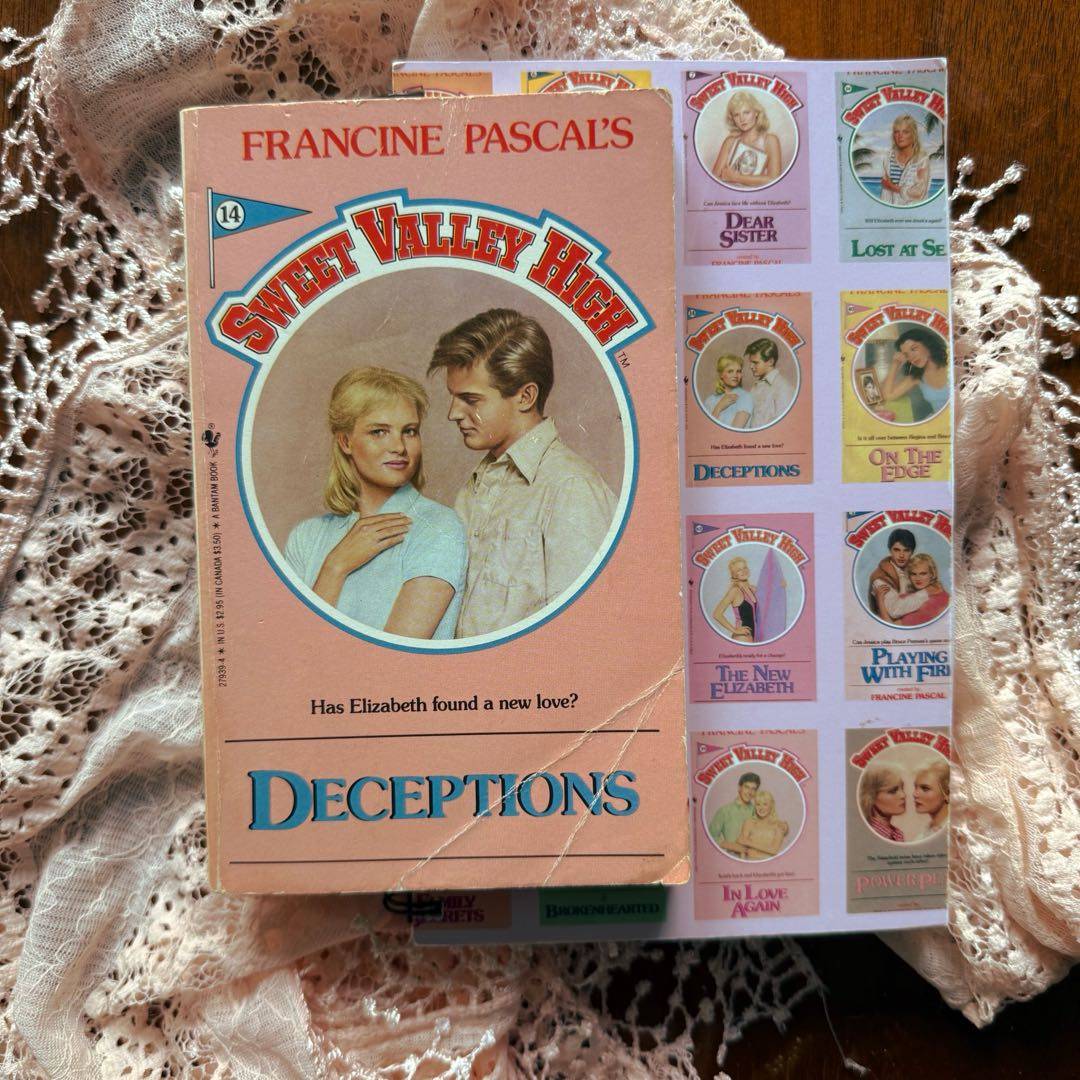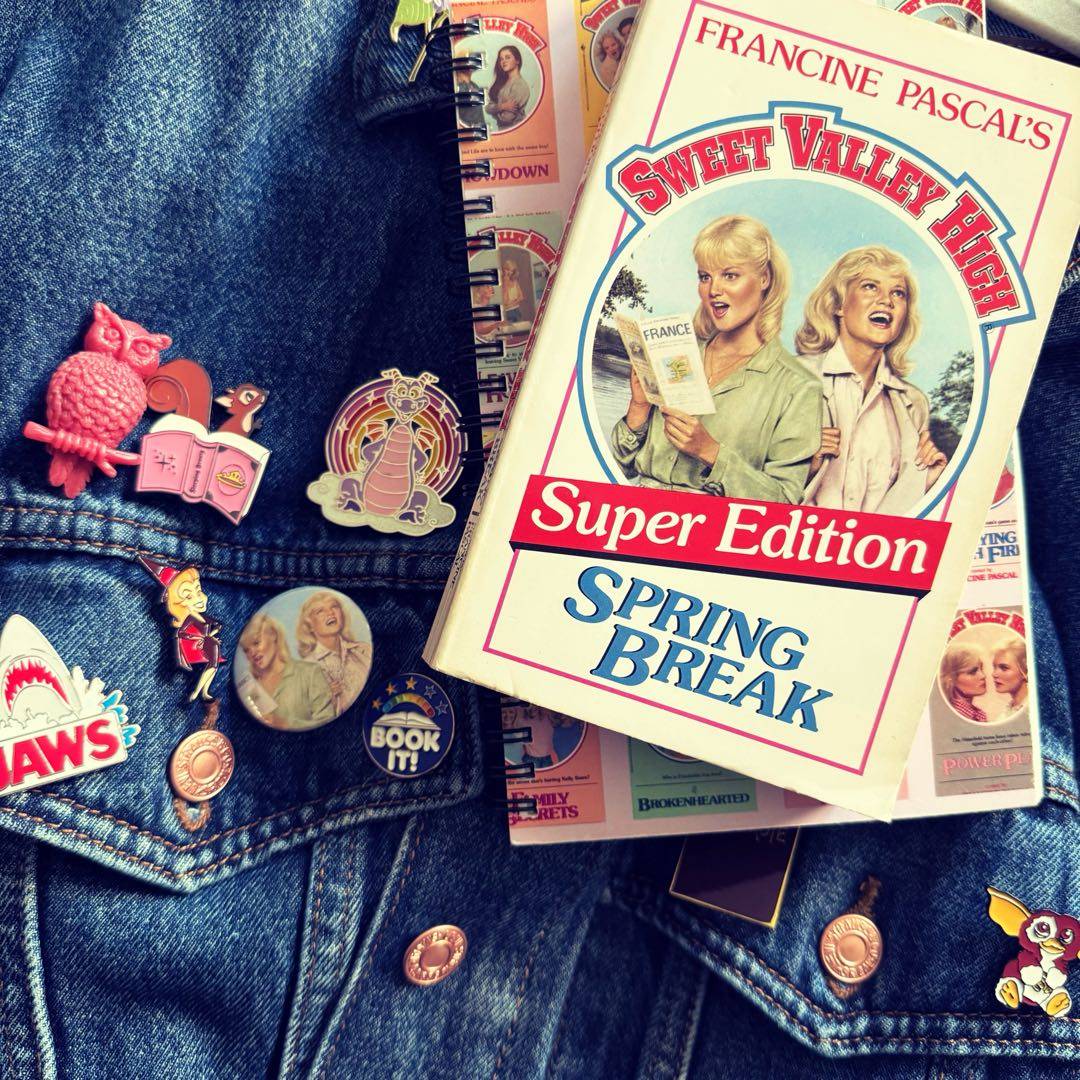
It‘s the second #SweetValleySpringBreak for these juniors & the Wakefield twins join in a 10-day exchange program! They head to Cannes to stay with Avery Glize & her American-hating (but handsome) son, René. Ferney Glize (a Tricia Martin lookalike!) arrives in #SweetValley, haunting Steven. In France, Jess falls in love with a boy who thinks she‘s Liz & Liz fixes not only René‘s prejudice, but his drowning trauma & relationship with his father!






